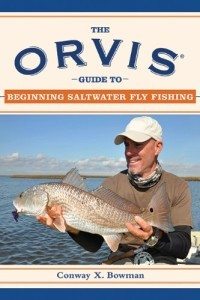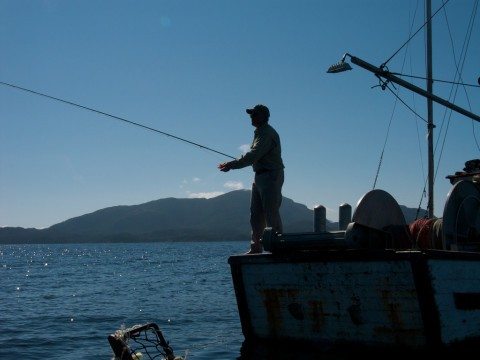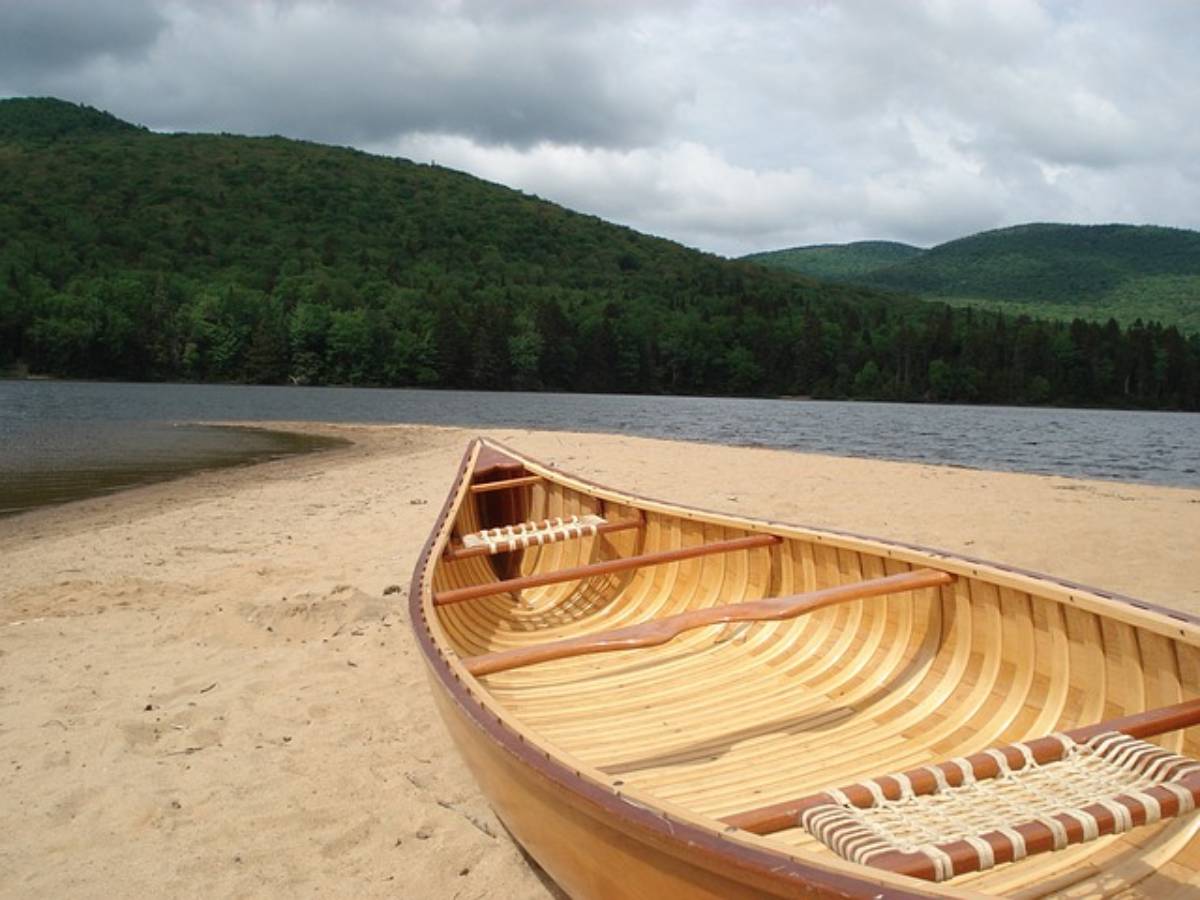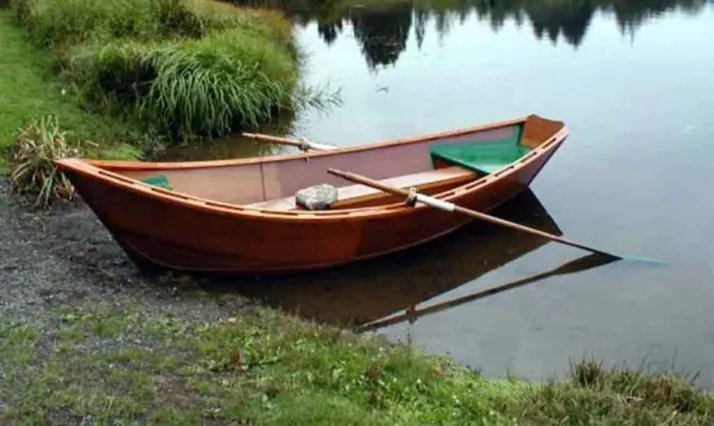While the bait vs fly debate continues…
People who don’t fish can’t possibly grasp the depth of the divide separating the two species of trout anglers. One tries to entice trout with worms, florescent Power Bait or sparkly lures. The other casts bits of fur and thread tied into patterns that imitate insects — a.k.a. “flies.” Source
Pay no attention to the purists who think you should be condemned to flyfishing purgatory because you toss something other than a fly. I’m not a live bait guy, but I have tossed the occasional senko with a fly rod. A fly rod is simply just another tool to deliver a bait/fly/lure to trick a fish into biting your presentation. Source
So many people when you bring up fly fishing with bait they cringe. They think you are nuts actually. Bait fishing is just like fly fishing. They can be one in the same. It’s all about the drift and mending of the line and feeling for the bite. Drift a worm or drift a nymph, same principles apply. Source
Today, we’re going to focus on fly fishing bait and lures, specifically with regard to saltwater fishing.
There are lots of bait and lure options available to saltwater fly fishermen, and each brings with it advantages in the right conditions that need to be understood to make your outing a success.
Whether you’re fishing the cold waters of the North Atlantic, the sandy coastlines of North Carolina, South Carolina, and Georgia, or the tropical blue waters of the Gulf and America’s Pacific Coast, there’s always going to be a right and wrong bait to use.
Following is a guide to choosing the right fly fishing bait and lures…
Saltwater Fly Fishing Bait Options
One of the greatest challenges of saltwater fishing is the vast, wide open expanses of water that fishermen have to deal with in finding fish. Once the fish are discovered, it’s time to strike with effective bait that will tempt the finicky game and irritate the aggressive ones into striking.
These are the best bait options available for saltwater fly fishing:
- Live Bait – Nothing beats live bait because it’s exactly what the fish are feeding on in their natural habitat. Live bait needs to be kept fresh in water that accurately mimics its natural habitat, so it’s fresh and attractive to your target. Live bait is best attached on light hooks and leaders — and connected to the hook through the lips, nostrils, or eye sockets to allow for natural movement through the water.
- Cut Bait – If you can’t keep live bait alive long enough to provide enough attraction to the target, cut bait is the next best thing. Cut bait should be kept as fresh as possible, ideally from freshly caught bait fish (or free of freezer burn, if previously stored). Small cuts are the safest bet — because larger cuts of bait allow game fish to nibble the bait off the hook.
- Scented Baits – Recent efforts by scientists have resulted in lures that don’t require live bait fish in one form or another. They are manufactured with powerful attractive scents for game fishing and don’t require refrigeration, making storage easier. However, they aren’t always a suitable replacement for the real thing, and if they’re not stored in the liquid they’re packaged in, potency is lost.
Saltwater Fly Fishing Lures & Jigs
There are many different lures and jigs that work to simulate baits that will attract game fish. So, after deciding which bait you’re going to use, you’ll need to choose a lure.
Here’s a brief overview of fly fishing jigs and lures:
- Lead Head Jigs – By combining a trailer material (deer hair for example) with the lead head and hook on this type of jig, you can successfully imitate a range of live bait that game fish enjoy. Different jigs — streamlined, wider-headed, squid-headed — all emulate different types of bait and act differently in the water.
- Metal Jigs – These jigs consist of hooks and a metal lure that can either sink fast and zip across the depths, or be reeled in quickly along the surface. Like lead head jigs, the size and shape of metal jigs will affect the movements of the lure.
- Poppers – With designs similar to that of metal jigs, poppers will “pop” across the surface of the water attempting to draw the attention of aggressive game fish.
- Plug Lures – Usually carved out of wood or molded from plastic, these plug lures are designed to move like real fish and appear like real fish when reeled in at a steady speed.
- Spoon Lures – Shiny spoon lures have a narrow-to-wide design with a concave end that causes the spoon to flutter through the water, sending off flashes of light similar to a fish moving through the water.
In the end, the manner in which these baits and lures are employed is going to be just as critical as the type of bait or lure being used. For example, lures that skip across the surface of the water are ideal for dusk and dawn fishing scenarios because fish are more aggressively feeding at these times.
More Fly Fishing Bait & Lure Tips
- Trout Lures: 13 Best Trout Fishing Baits of All Time
- Hard Baits & Lures
- Soft Baits & Lures
- 5 Best Ways To Hook A Live Bait
- Field & Stream: 50 Greatest Lures Of All Time
- Trout Fishing With Poppers
Jeep guy. Harley owner. Publisher of a few of dozen websites. Tech geek. And I get to play on the Internet for a living!






